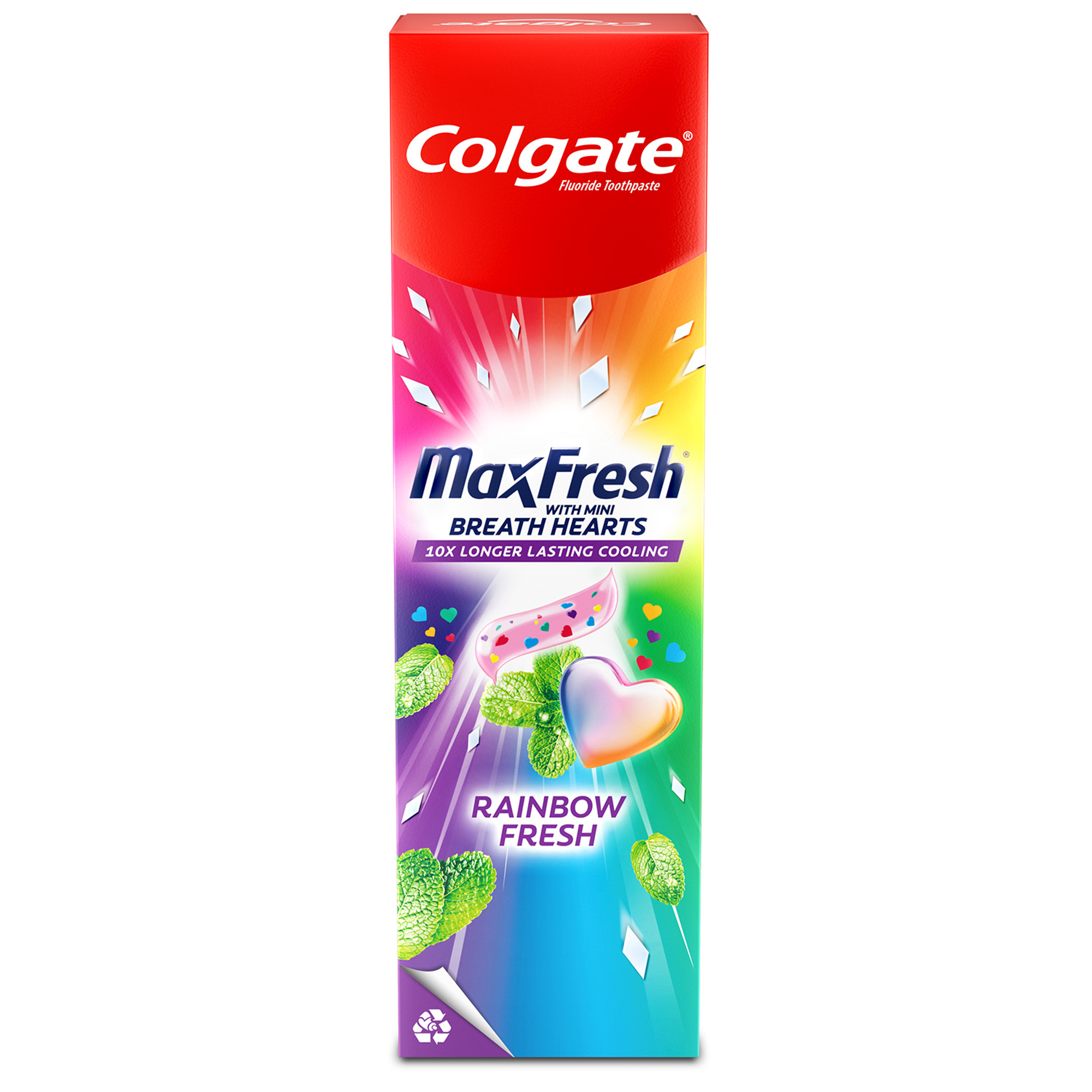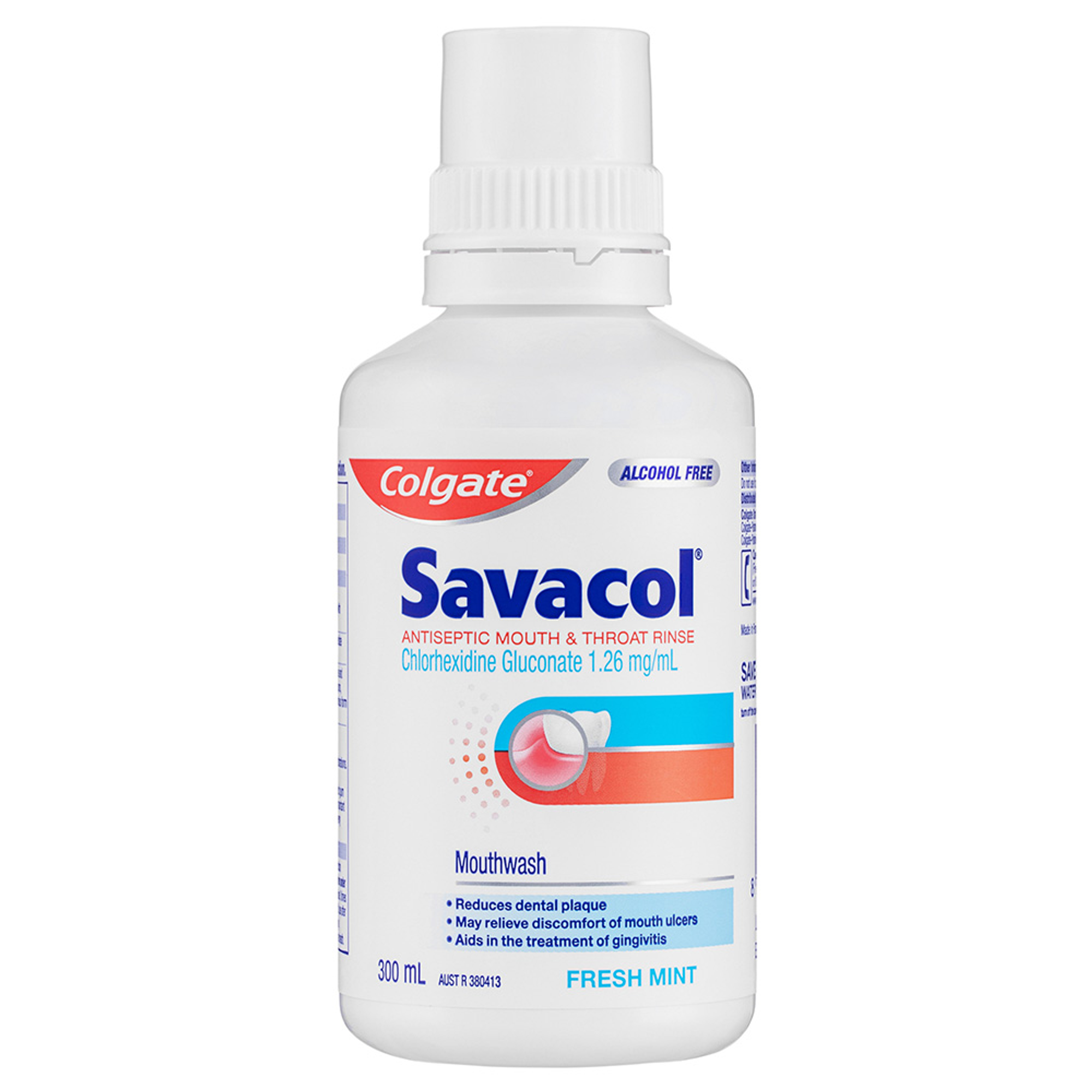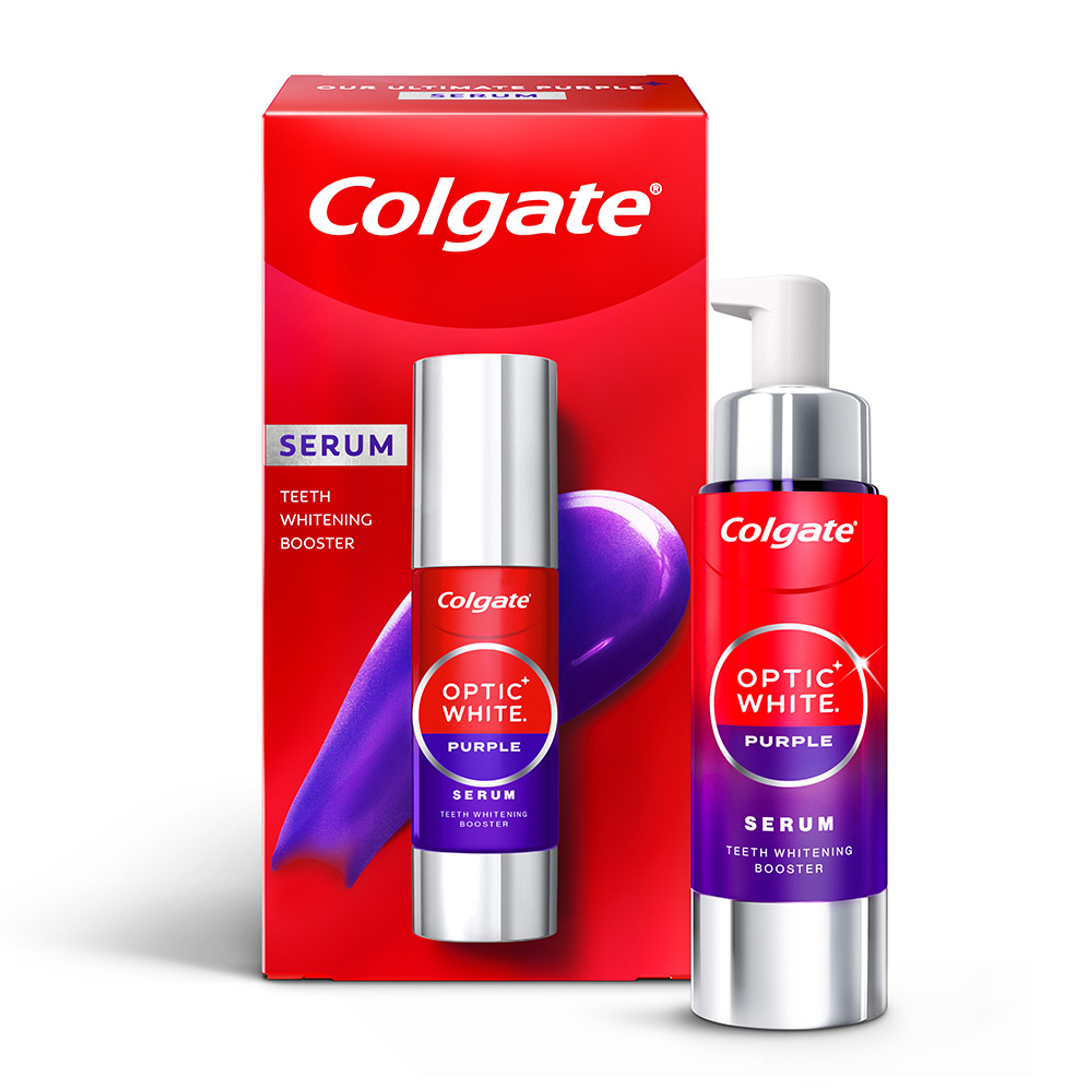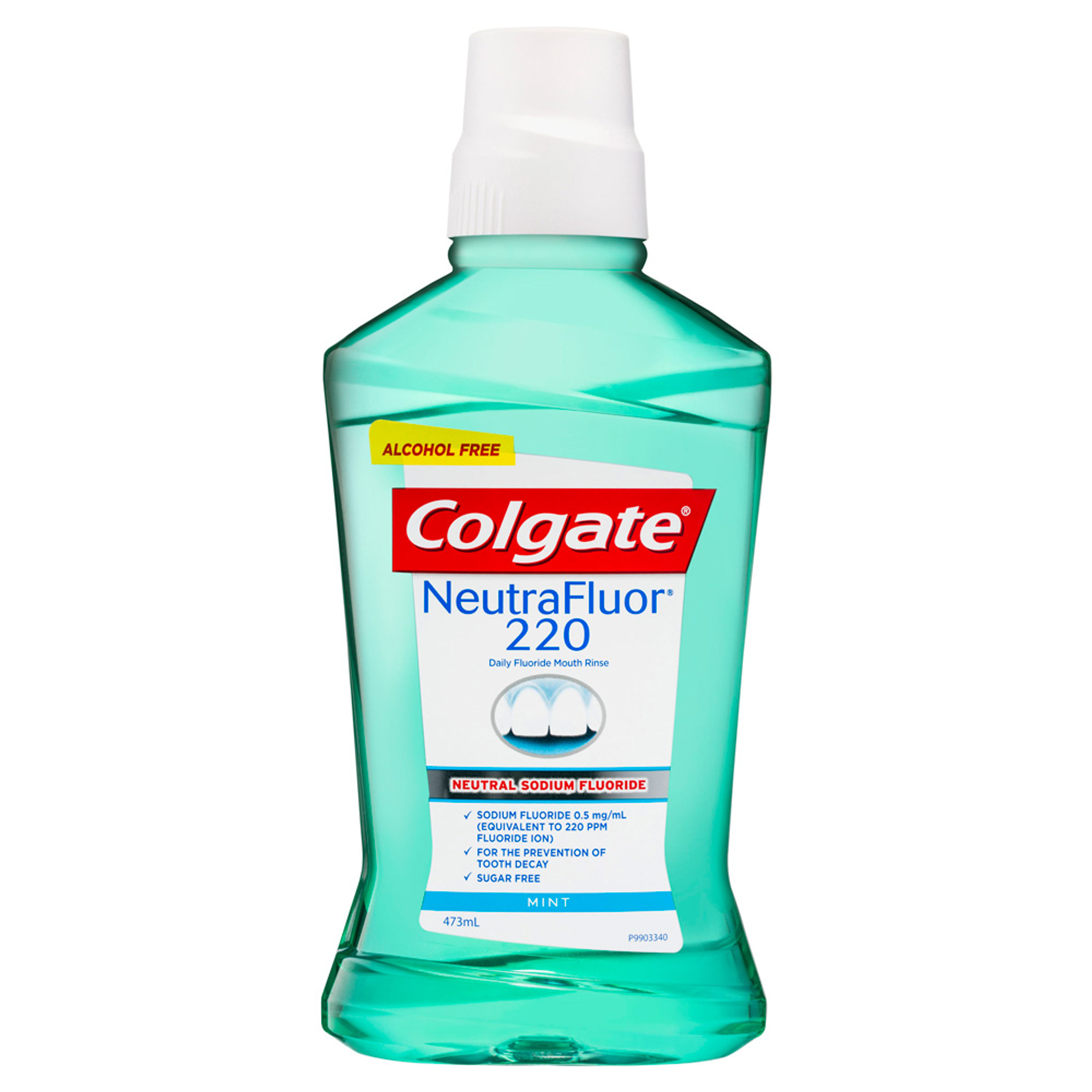-
-

BRUSHING & FLOSSING
How to BrushWhat Is the Right Way to Brush?
Proper brushing takes at least two minutes — that's right, 120 seconds!...

BRUSHING & FLOSSING
How To FlossWhat is the Right Way to Floss?
Proper flossing removes plaque and food particles in places where a toothbrush cannot easily reach... -
Science & Innovation
- Colgate® | Toothpaste, Toothbrushes & Oral Care Resources
- Oral Health
- Cavity on the Front Tooth: Causes, Treatments and Prevention


Learning that you or your child has developed a cavity can be stressful, especially when that cavity is in a highly visible part of the mouth, such as the front teeth. If your child has a cavity on a front tooth or you have one yourself, you may be wondering why it happened and how your dentist might treat it.
Common cavity locations
Tooth decay is most common in the molars (back teeth), explains Dental Health Services Victoria.
Your molars are located in the back of your mouth and have grooves and pits that can collect food particles. These back teeth may also be harder to reach with a toothbrush or floss.
While the front teeth are smoother and easier to access for cleaning, they’re not immune to cavities. Any of your teeth can develop decay.
Causes of front tooth cavities
If cavities are more commonly seen in the back teeth, why might you develop a cavity in a front tooth?
When it comes to young children, evidence suggests inappropriate use of baby bottles has a lot to do with it, says Better Health Channel. Early childhood caries can occur if babies or tots go to sleep with milk, formula or other sweet drinks in their mouth.
These fluids can pool in the mouth, feeding the bacteria that cause decay as the baby sleeps. This condition is also called ‘baby bottle decay’ or ‘infant feeding caries’ and the upper four front baby teeth are most commonly affected.
While healthdirect explains that children are more at risk of developing caries in their baby teeth, they say people of all ages can develop tooth decay. Forgetting to brush your teeth, skipping your flossing routine and consuming sugary foods and drinks all put you at risk of developing cavities.
Treatment options
It’s essential to seek treatment for a cavity as soon as possible before the decay worsens. And don’t be lulled into the false belief that baby teeth don’t matter. According to healthdirect, cavities in baby teeth can not only be painful but can damage the permanent teeth underneath in some instances.
There are many ways that dentists can repair a front tooth cavity. Much like cavities elsewhere in the mouth, cavities in the front teeth can be treated with fillings. Your dentist will remove the decayed portion of the tooth and fill it with a strong, restorative material. For a natural look, dentists will use tooth-coloured fillings. These fillings can be made from materials such as glass-ionomer cement (GIC), or composite resins, reports the Australian Dental Association (ADA). Dentists often use glass-ionomer cement on parts of the mouth where there’s not much biting force, or on baby teeth.
To correct cosmetic issues that arise from a cavity on a front tooth, a dentist may recommend treating the cavity with a crown or a veneer. A dental crown is a tooth-shaped, white-coloured restoration placed over the filled tooth. Alternatively, the Australian Dental Association says dentists can use a veneer. A veneer is a thin piece of porcelain (or glass/plastic layers) bonded to the front surface of the tooth to create a natural-looking, attractive appearance. Your dentist can help you determine the best treatment option for your situation.
Preventing tooth decay
No one wants to develop cavities. However, you can significantly reduce your risk of tooth decay with some simple steps, says Better Health Channel. A good at-home oral hygiene routine is an excellent place to start. Remember to brush your teeth twice a day with fluoride toothpaste, and floss once a day. It’s also essential to eat a balanced diet and try to limit foods and drinks with added sugars. See your dentist regularly for check-ups and cleans, too.
If you or your child develop a cavity in a front tooth, rest assured that these cavities can be treated. And, by taking simple precautions, you can reduce your risk of future tooth decay and help your whole family maintain a healthy smile.
Related Articles

Having a bright and radiant smile is a desire for many individuals. People often turn to whitening products to whiten their teeth.
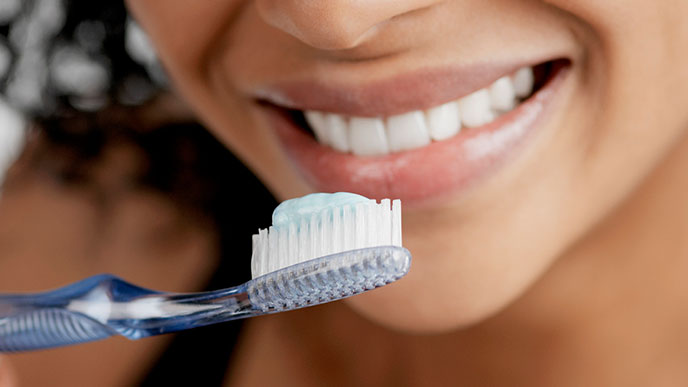

This article is intended to promote understanding of and knowledge about general oral health topics. It is not intended to be a substitute for professional advice, diagnosis or treatment. Always seek the advice of your dentist or other qualified healthcare provider with any questions you may have regarding a medical condition or treatment.
Related Products

Helping dental professionals
More professionals across the world trust Colgate. Find resources, products, and information to give your patients a healthier future




